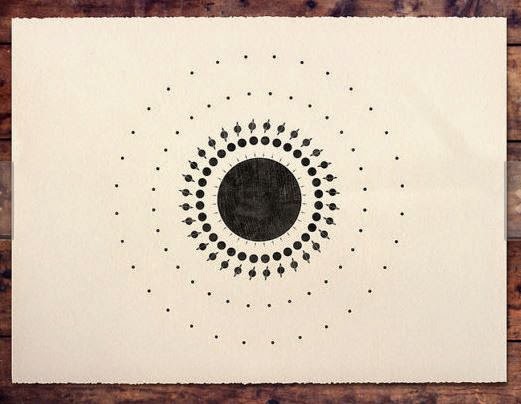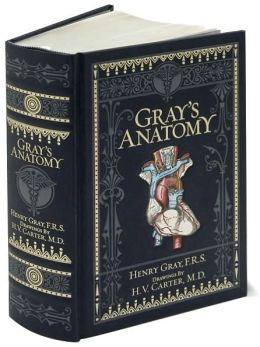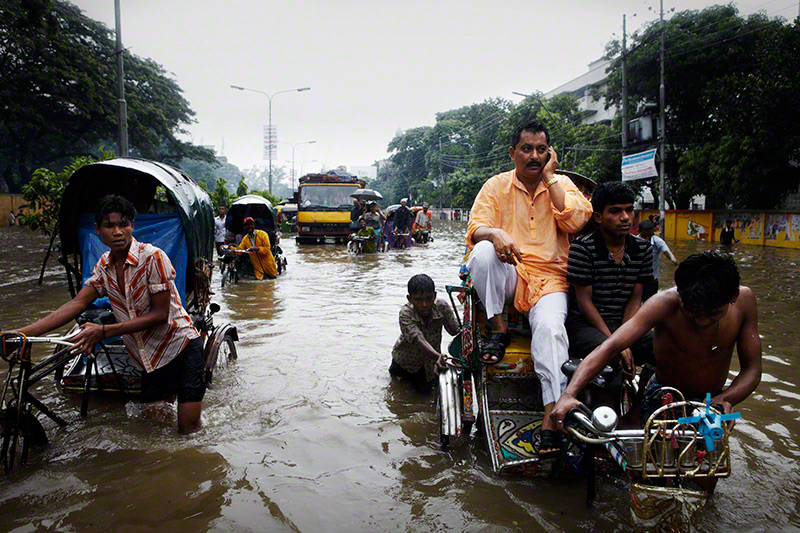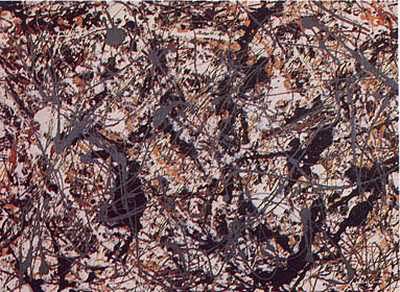Upstairs amidst
the labyrinth of books sits the Spring Arts Collective in the Last Bookstore.
Among them is a series of black and white, xylene transfer prints done by Gregory
Beauchamp. Beauchamp’s works entitled “Happiness Is.” is his way of answering “Why?”
or “Why not?” (Benton) He produces the
prints in a methodical approach as the artwork is transferred inch by inch over
a long period of time (Beauchamp). In this way, the technique is very similar
to adding perspective as each part of the piece must be carefully thought out
and placed in a precise location.
His artwork
draws from many influences and appears to infuse science into his prints. My
favorite was entitled “The Lovers” with a caption of “A Shakespearean tale of
true love”. In it he makes use of the
common medical graph of the EKG. The EKG graphs the potential of the heart over
time with a characteristic P, QRS, and T waves. After a series of in sync
heartbeats both graphs flat line signifying death for both parties that is
common for lovers in Shakespearean plays . The print pulls together medical
devices and literary classics to create a new piece of art.
Another print
depicts the revolution of the planets around the sun. The sizes of the planets
are drawn to scale which the first three planets, Mercury, Venus and Earth,
barely visible offering perspective of the small place Earth has in the universe.
However, he was not able to replicate the distance from the planets to the sun
because “Mercury would be in the corner of a room and Neptune would be half a
mile away” (Beauchamping). From these pieces we can see that a bit of
scientific knowledge is necessary in order to fully appreciate the work. I enjoyed this collection because I could relate topics I had learned in class to the art at hand.
"Beauchamping."
Etsy. N.p., n.d. Web. 26 Apr. 2015.
Benton,
Julia. "Meet the Artist: Simple-Yet-Edgy with Venice Printmaker Gregory
Beauchamp." California Home and Design. N.p., 6 Aug 2012. Web. 26 Apr. 2015.
"Welcome To 5th &
Spring." Spring Arts Collective. N.p., n.d. Web. 26 Apr. 2015.








.jpg)
_poster.jpg)






